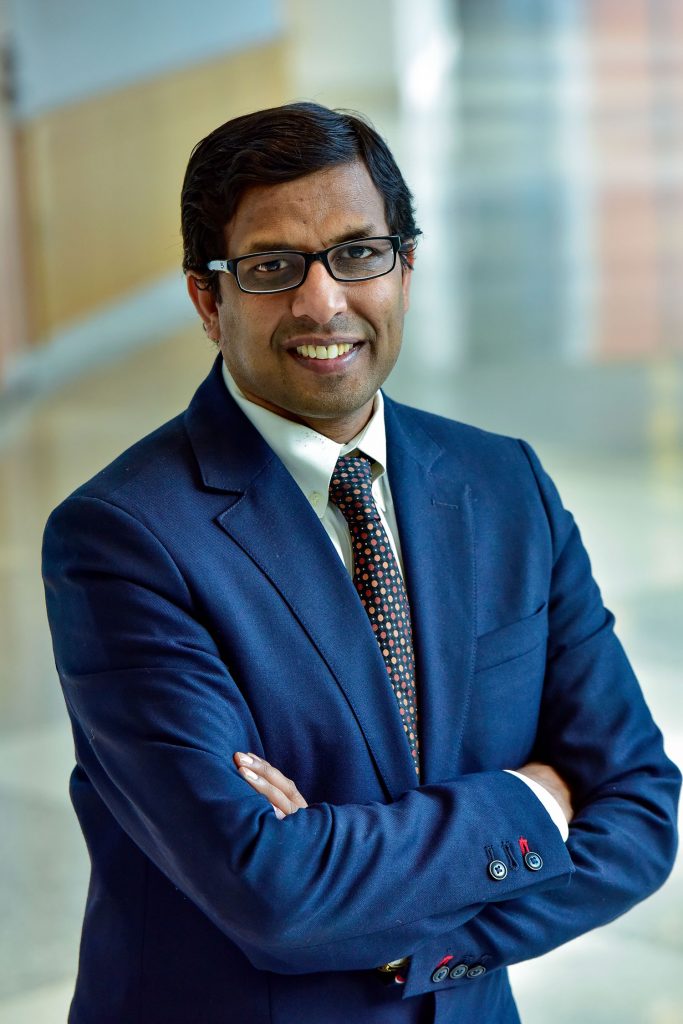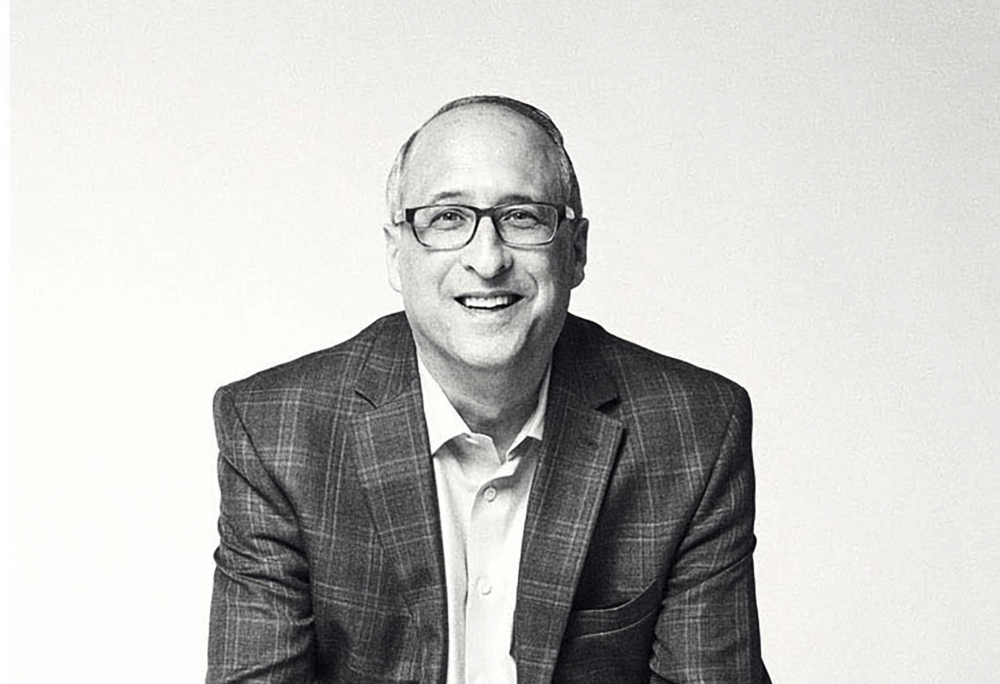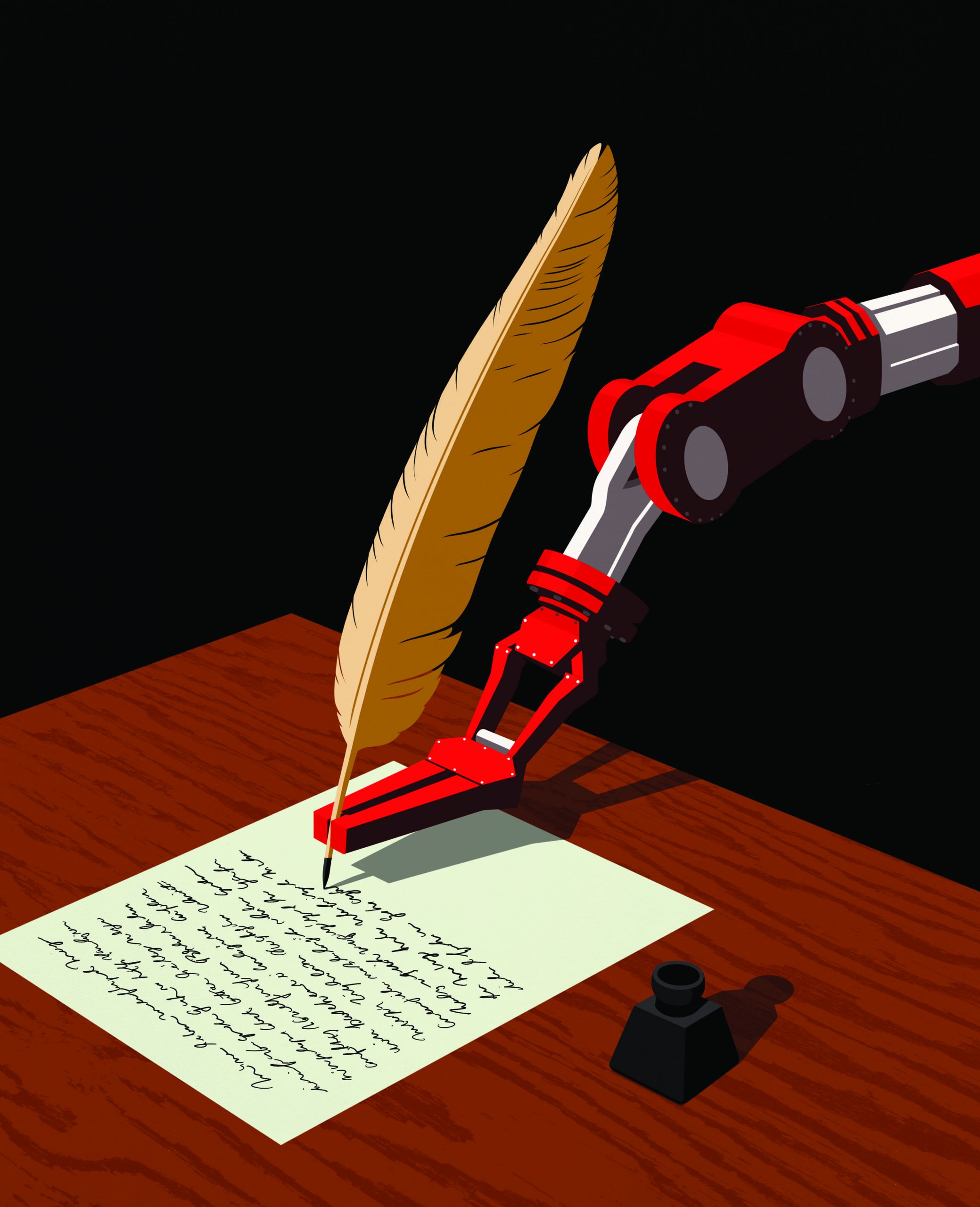Research IRL (In Real Life) is an ongoing series in which Fox researchers and industry practitioners come together to discuss the intersection of research and its real-world implications.
The Fox Focus editorial team asked Professor Subodha Kumar and Natily Santos, MBA ’14, to share their thoughts on how supply chains can stay resilient in a changing world.
Santos is a management leader with over 15 years of experience and a record of creating value in sales, operations and supply chain functions. She currently works as vice president of specialty supply chain for Aramark, an American food service, facilities and uniform services provider.
Kumar, Paul R. Anderson Distinguished Professor of Marketing and Supply Chain Management at the Fox School, studies artificial intelligence, machine learning and supply chain analytics, among others.
Subodha Kumar: I’m really looking forward to talking to you about supply chain issues. Many of these things I talk about in my class, but I want to hear firsthand how Aramark’s supply chain fared during the pandemic.
Natily Santos: At Aramark, just like many organizations with complex supply chains, we were challenged with labor issues, product shortages and distribution disruptions on a global scale. Despite these unfortunate events, our supply chain and procurement group’s resilience and subject matter expertise were fundamental in mitigating the worse of this pandemic. We prioritized collaboration across our supply chain and hyper-communication. Our focus was to ensure that we could support our clients who remained open. Most importantly, throughout the entire pandemic, Aramark worked to support the well-being of our entire workforce.
Kumar: Communication has been the biggest challenge for a lot of organizations, as has transparency. Where does the food supply chain stand in terms of data and information transparency?
Santos: We’re seeing that our consumers are getting more sophisticated and wanting to understand where their food is coming from. They want the whole Food Story. Whether you have a centralized or decentralized supply chain, there should still be efforts to continuously improve that data transparency. The more complex the supply chain, the more challenging it can be to integrate various data sources from the variety of manufacturers and suppliers in the network, but this continues to be a priority for us.
At Aramark, we work with larger manufacturers that do have a centralized reporting system, but we also work with a lot of local and small suppliers who may not have that same technical expertise or reporting capacity. The Specialty Supply Chain team works towards our commitment to supplier inclusion, diversity, local procurement, and sustainability. We specifically partner with local farms, small and diverse-owned businesses to support their development. As these suppliers scale up their business and resources, we can work with them even more.
Kumar: When we talk about information sharing, we are working in a global economy. In the supply chain, items can come anywhere in the world, from Italy to China. During the pandemic, we saw different parts of the world closing at different times. We saw what happened with issues like the Suez Canal blockage. Strikes in one part of the world would impact the whole food supply chain. So, what do you think is the impact of global dependence on a supply chain?
Santos: Part of supply chain is preparing for everything. COVID has been unprecedented because of the global scale, but supply chains have dealt with major challenges prior, albeit more regional focused like weather-related issues, but still with similar disruption outcomes. Learning from experience is essential. Building a contingency framework from previous challenging events helps us prepare and scale-up processes as needed to successfully mitigate various supply chain disruptions.
I don’t think we’ll ever move away from having a globalized supply chain. Ultimately, it’s based on supply and demand. Our consumers, especially in the U.S., continue to be more diverse; they want a mix of produce all year round, culturally relevant products and more variety. A lot of this is dependent on a global supply chain. Even within a global supply chain, it is important to have a regional approach as every market can differ when it comes to pricing and inflation matters.

Kumar: As I understand, we have reached the point where whole supply chains have become too focused on being lean and cutting costs. How do we get out of this cost-cutting culture and focus more on resilience?
Santos: For me, it really comes down to a few points that drive the business case for an innovative and effective supply chain.
It’s hyper-communication, making sure that you set the expectations with suppliers early on about what the needs are and what the resources are available to support, so as challenges arise, we can collaborate, mitigate and pivot successfully to provide the level of products and service our clients expect.
It’s a focus on data analytics. Integrating more sophisticated systems and processes, building up analytics resources are key. Supply chain is not just a matter of transactions; it’s understanding all levels of data, understanding product sources and building processes to help us be more proactive.
It’s also about having the right team in place. It’s important to have a diverse workforce providing different perspectives and expertise. That’s something that I’m very proud of in our organization. We have a lot of deep supply chain knowledge, but also a depth of knowledge across various industries. That really helps us react and understand what our clients are dealing with and how we can better support them.
The variety of experience among my colleagues and our collaborative spirit has helped our supply chain group better respond and understand what our clients are dealing with and how we can better support them.
Kumar: When you talk about technology and supplier development, an example that comes to my mind is technology like sensors and blockchain. Customers want to know more about where the product is coming from, rather than just having that organic mark on the product.
Santos: I agree. We continue to enhance our analytics and spend reporting tools available for our field teams. We are also asking more questions from our suppliers about the source of products and sustainability factors. Where is the product grown, caught or raised? Is the business minority- or women-owned? What are the carbon emissions attached to the product? Is it organic or plant-based? This enhanced data collection effort enables us to provide more product source detail we can share with our clients and consumers.
Kumar: Let me end by asking this question: do you think we will reach a point where a customer goes to the store, scans an item and can see the details or videos of exactly what happened?
Santos: Right now, those elements of enhanced labels may be more prevalent among locations with condensed menus and less variety of products where data gathering is simplified. But food industry technology and data collection processes continue to evolve. I do expect that eventually, we could see these interactive and enhanced products and menu labels more broadly across all consumer experiences.




